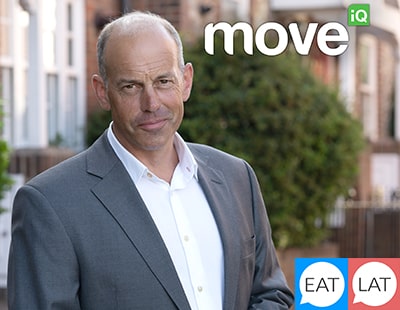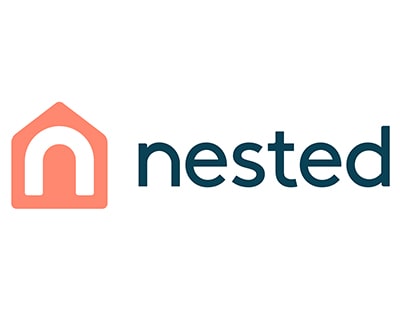
The so-called hub model of estate agency adopted by a growing number of firms appears to be part of a wider business trend.
In recent years a number of agency brands have abandoned the traditional larger network of branches with small patches, and instead have moved to serviced offices or larger branches operating across bigger boundaries.
Farrell Heyworth, which covers much of the north west of England, had 18 branches pre-lockdown and has now turned its operation into a seven-hub model. In July the Benjamin Stevens agency, which has a hub model and remote working, announced it had seen over 30 agents join it during the lockdown.
Not all hubs have been a success however: Humberts’ one-stop-shop hub idea - under then-owner Natural Retreats - came crashing down a year ago, and the surviving branches are now operating more traditionally.
But given the success of many hub experiments, recruitment firm Robert Walters says with 85 per cent of British employees expecting continued flexibility to work from home post-Covid, and with more home buyers looking to the country, many firms are considering downsizing or getting rid of city centre bases in place of smaller satellite offices closer to where employees are based.
On a new report - The Future of Work in the UK and Ireland - the firm highlights the potential for many businesses to establish a ‘hub and spoke’ business model which addresses both the flexible needs of the employee, and the commercial and financial needs of the company.
According to Robert Walters, the hub and spoke model typically means the ‘hub’ or HQ remains in a city centre – albeit smaller – but continues to act as the ‘face’ of the brand where client and larger team meetings can be held.
‘Spokes’ are much smaller and versatile offices based closer to where employees live – and often designed in a co-working format to accommodate a variety of different teams.
“It’s inevitable that Covid has forced companies to rethink their space and logistical needs, and the hub and spoke model is evolving from what it was even a year ago – now concentrating on pairing employee preference for remote work with flexible physical workplaces that allow them to connect with their colleagues” says Sam Walters, a director of Robert Walters.
“With more and more companies becoming comfortable with their employees working from home, it will become the norm for a HQ to only have around 30 per cent of employees working from there on a day-to-day basis.
“However our research highlights how important it is to maintain workplace culture in order to bring the best out of a workforce. Spokes or regional offices will work in that they aim to address all of the employees concerns around flexibility, commute time, cost of travel, and work-life balance, whilst still allowing companies to train, motivate and monitor employees productivity on-site.”














.png)


.png)




Join the conversation
Be the first to comment (please use the comment box below)
Please login to comment